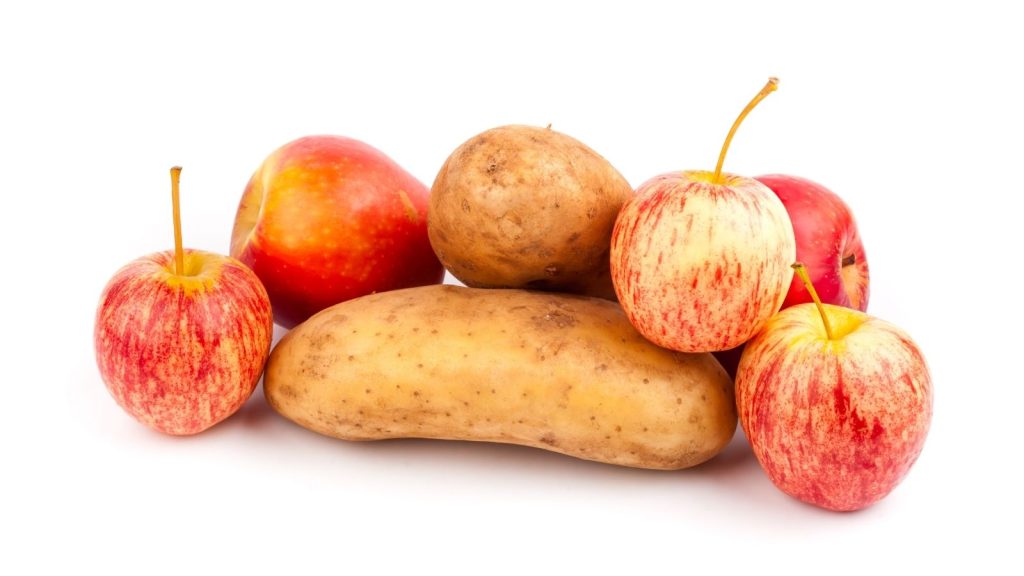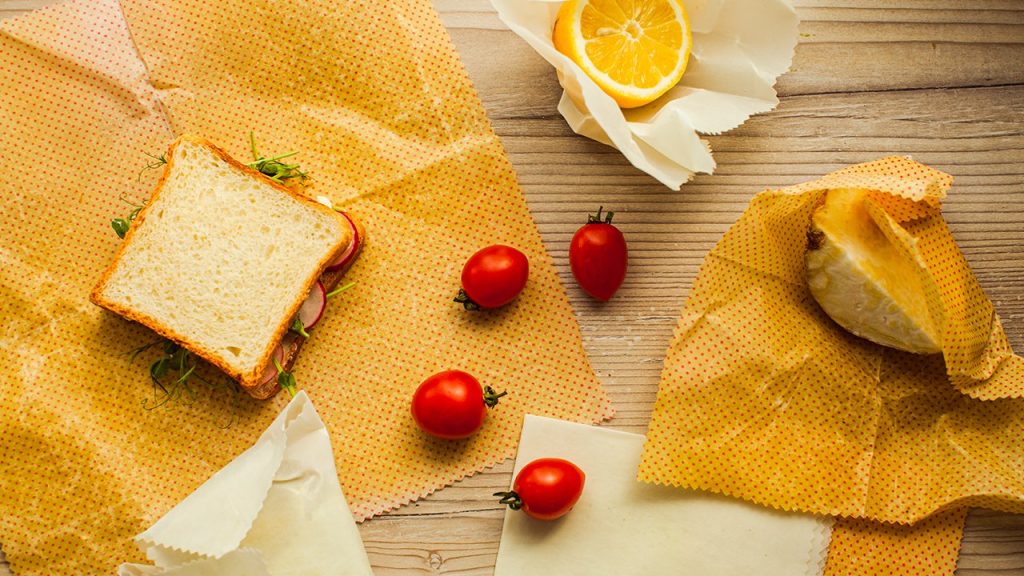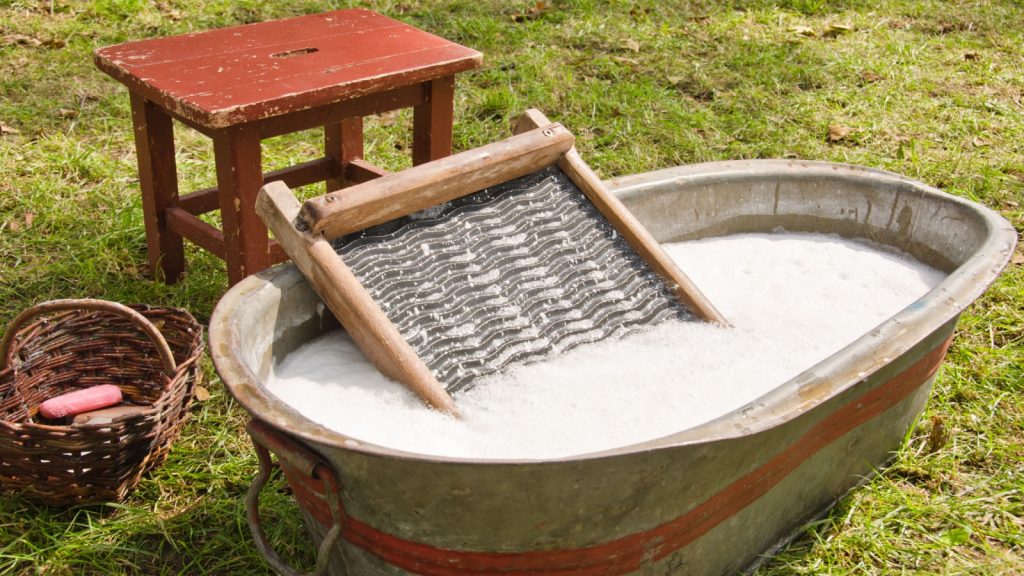We’ve all been guilty of letting good food go bad, which is frustrating and expensive. Studies reveal that households waste a shocking amount of food every year, with a typical family of four losing around $1,600 annually*! Imagine how much more you could do with that money instead of watching it rot away in your fridge.
It’s not just a personal problem either. Food waste is one of the largest contributors to landfill waste in the US, costing billions and harming the planet.** But with a few simple tweaks, you can extend the life of your food, save money, and help the environment.
1. Hold Off on Washing Produce
While it’s tempting to clean fruits and vegetables as soon as you bring them home, don’t do it. The extra moisture speeds up decay, leaving your produce limp and less appetizing. Instead, store them unwashed in breathable containers or perforated bags for the best results.
2. Separate Ethylene-Producing Fruits
Bananas, apples, and other fruits emit ethylene gas, which accelerates ripening. Keep these ethylene producers away from ethylene-sensitive items like leafy greens or berries to make your groceries last longer. Investing in ethylene-absorbing pads can help extend freshness even further.
3. Pair Apples with Potatoes

Here’s a surprising tip: storing apples with potatoes prevents sprouting. The ethylene apples release slows down sprout growth, keeping your spuds fresher for longer. Just ensure both are stored in a cool, dark place to maximise this effect.
4. Chop Greens Off Root Veg
Carrots and beets with tops attached look fresh but don’t be fooled. Those leafy greens sap nutrients from the roots, causing them to spoil faster. Store trimmed roots in an airtight container or bag in the fridge for the longest shelf life.
5. Store Bread in Beeswax Wraps
Bread needs balance: too much moisture leads to mold, too little leaves it dry. Beeswax wraps are perfect for maintaining just the right humidity while allowing airflow, keeping your loaf fresh for days longer. For sliced bread, consider freezing portions you’re not using right away to avoid waste.
6. Add Fridge Liners
Fridge liners made from foam improve airflow and wick away moisture from fruits and vegetables. These simple inserts help reduce spoilage and are easy to cut to size for shelves and drawers. Regularly clean and dry the liners to maintain their effectiveness.
7. Get Smart About Tomato Storage
Tomatoes thrive at room temperature until ripe. Store them stem-side down to minimize moisture loss. Once ripe, refrigeration slows spoilage, but let them come back to room temperature before eating for better flavor. Avoid storing tomatoes near ethylene-producing fruits to prevent over-ripening.
8. Absorb Moisture with Paper Towels
Leafy greens spoil quickly when wet. Place a paper towel under and over your greens to absorb excess moisture, or use an absorbent fridge liner for a reusable option. Change the towels regularly to prevent any bacterial growth.
9. Bag Mushrooms in Paper
Keep mushrooms in a breathable paper bag. This simple trick allows airflow while preventing moisture build-up, which can quickly turn them slimy. Never wash mushrooms before storing, as they absorb water and spoil faster.
10. Freeze Ginger for Longevity
Peeling and freezing ginger not only preserves it but makes grating easier. Store in a sealed container to keep the flavor intact. You can also pre-portion it into slices or cubes for even greater convenience.
11. Hang Onions in Pantyhose
For long-lasting onions, try this old-school trick. Slip an onion into a pair of pantyhose, tie a knot, add another, and repeat. Hang the string in a cool, dry place like a pantry or garage. Check regularly to remove any onions that show signs of spoilage to avoid affecting the rest.
12. Wrap Cheese with Care
Cheese needs to breathe, so skip the plastic wrap. Instead, use cheesecloth or a clean cotton dishcloth, which allows air circulation while preventing moisture buildup. Hard cheeses like cheddar last longer this way, while softer varieties will stay fresher for days. Re-wet cheesecloth with vinegar to inhibit mold growth.
13. Freeze Herbs in Olive Oil
Fresh herbs often go to waste before you use them all. Chop them up, pack them into an ice cube tray, and top with olive oil. Pop the cubes into the freezer, and you’ll have pre-portioned herbs ready to go for soups, sauces, or sautés. Mixing different herbs in the same cube can create ready-made flavor blends.
14. Give Berries a Vinegar Bath
Berries spoil fast, but a quick soak in diluted vinegar can make a huge difference. Mix one part vinegar to ten parts water, let the berries soak for a few minutes, then rinse and dry them thoroughly. Store berries in a paper-towel-lined container with the lid slightly ajar for optimal airflow.
15. Don’t Judge by Looks
Ugly fruits and veg might look less appealing, but they’re just as tasty and nutritious. By buying imperfect produce, you save money and reduce waste. Many supermarkets sell these at a discount, so it’s a win for your wallet too.
16. Treat Asparagus Like Flowers
Asparagus tends to wilt quickly, but you can extend its freshness by treating it like a bouquet. Trim the ends, stand the stalks in a jar of water, cover them loosely with a plastic bag, and store them in the fridge. Change the water every two days to keep them at their best.
17. Refrigerate Ripe Avocados
Once your avocados reach peak ripeness, pop them in the fridge. The cold slows down further ripening, giving you a few extra days to enjoy them. You can also freeze avocado halves for longer storage, but they’re best used in smoothies or recipes after freezing.
References
- * https://www.rts.com/resources/guides/food-waste-america/
- ** https://www.epa.gov/facts-and-figures-about-materials-waste-and-recycling/national-overview-facts-and-figures-materials
Cassandra’s expertise in traditional food preservation techniques stems from her grandmother’s teaching and her own experiments with traditional methods and food science. She specializes in fermentation, canning, smoking, curing, and root cellaring.
“Modern convenience has disconnected us from ancient wisdom about storing food without refrigeration. These methods don’t just preserve nutrients—they enhance them.”



